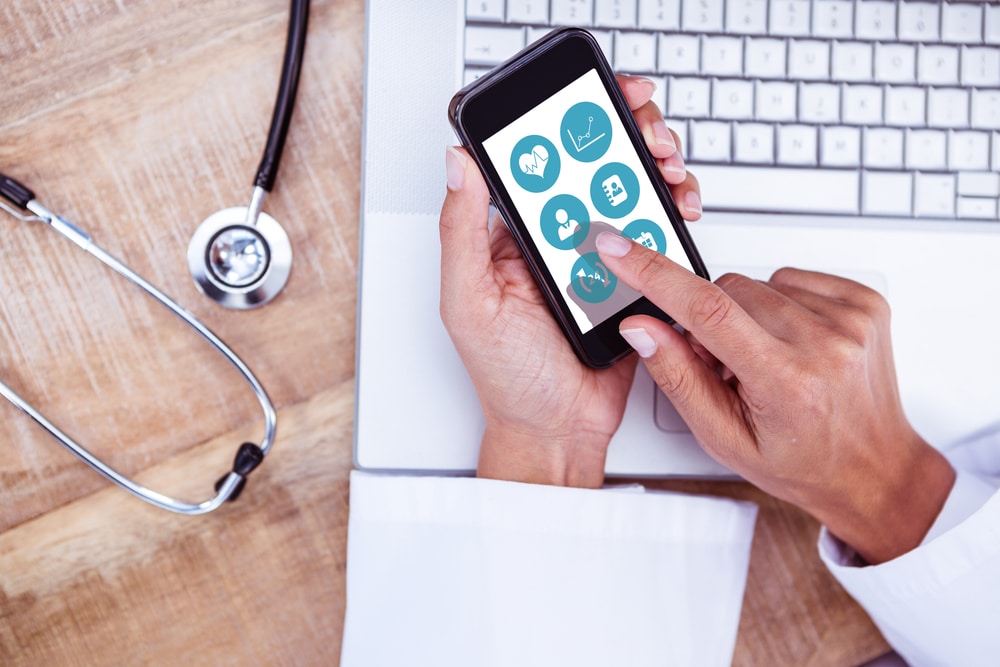The advent of Health augmented reality, and Telehealth applications have revolutionized the healthcare industry in a big way. Today, consumers have access to health-related content and services that were previously limited to the realm of the physician or hospital. This newfound consumerization of healthcare offers a variety of benefits for individuals and organizations, including improved convenience, lower cost, and better health outcomes. As a result, more healthcare professionals are turning to mHealth technologies to better serve their patients.
Health apps
Mobile health applications (mHealth) have revolutionized the healthcare sector. They offer precise information about a patient’s condition and can prescribe helpful lifestyle habits. These apps also enable physicians to have a more effective and efficient work process. Moreover, they can also prevent critical health conditions.
The use of mHealth apps is increasing worldwide. Especially, in countries that don’t have toll-free medical emergencies. Its popularity is expected to grow at an 11.8% CAGR between 2022 and 2030.
Besides, mHealth apps can be used to prescribe exercise, low-calorie diet plans, and other helpful lifestyle habits. They can also monitor a patient’s health, which will help the caregivers keep track of the person’s condition. This is especially important for pregnant women who cannot access doctors.
Although mHealth is growing in popularity, it still faces various challenges. For example, users may have a difficult time deciding which app to download. Moreover, they may not be able to fully control the data they obtain from the application.
Telehealth apps
One of the latest innovations in healthcare is telehealth apps. These applications allow patients to consult with their physicians from home. This saves time and money and improves the patient experience.
Telehealth apps also make it easy for patients to track their health data. This is important for patients with chronic illnesses, as they need to be monitored closely.
With a mobile app, you can keep track of your health by collecting data and sending reports to your doctors and nurses. You can even schedule your appointments using your mobile device.
You can also receive notifications about your upcoming appointments, such as when you need to take your medications. Mobile apps can also be connected to emergency services, making them useful for patients with life-threatening conditions.
For those with non-life-threatening illnesses, an on-demand telehealth service such as Teladoc can be a good option. They offer video consultations for $75 or less.
Augmented reality apps
In the healthcare industry, augmented reality applications are changing the way doctors and nurses communicate with patients. These apps make surgery more realistic and allow patients to visualize their condition. They also help in medical education, and even in entertainment.
An interactive telehealth app can show you the source of pain and provide exercises to relieve it. This can eliminate the need for physical therapy.
Augmented reality is also proving to be useful for medical students. A virtual simulation can help them overcome their fears about a surgical procedure. It can also help them learn about human anatomy. Unlike traditional anatomy textbooks, augmented reality apps can simulate real-life situations of in-field operations.
One of the most popular AR apps for healthcare is smart skin. It uses augmented reality technology to guide patient positioning and minimize risk during surgery.
Another one is the ARnatomy app. This application allows you to scan your own body and interact with 3D models to learn more about the anatomy of your body. You can then test your knowledge by answering questions.
Consumerization of healthcare
Consumerization of healthcare is the process of steering healthcare towards a new paradigm. It involves the use of technology to provide superior health interaction for patients and providers. Previously, most healthcare interactions were one-sided. But with the emergence of technology, more data is available to both parties. Patients are also more engaged. They can learn more about their health, compare their health plan options, and even request estimates for procedures.
The rise of consumerization in the healthcare industry has been fueled by the rising costs of care. More and more patients are seeking more convenient, cost-effective options. This creates greater competition among providers and has also led to more price transparency. Increasing patient expectations are driving the need for the digital transformation of the healthcare industry.
Healthcare consumerization is an inevitable part of the industry. The ACA has given birth to numerous startups that are focused on improving the patient experience. However, there are still challenges with the industry’s digital transformation. These include resolving privacy concerns, protecting patient information, and making sure health records are protected from bad actors.
